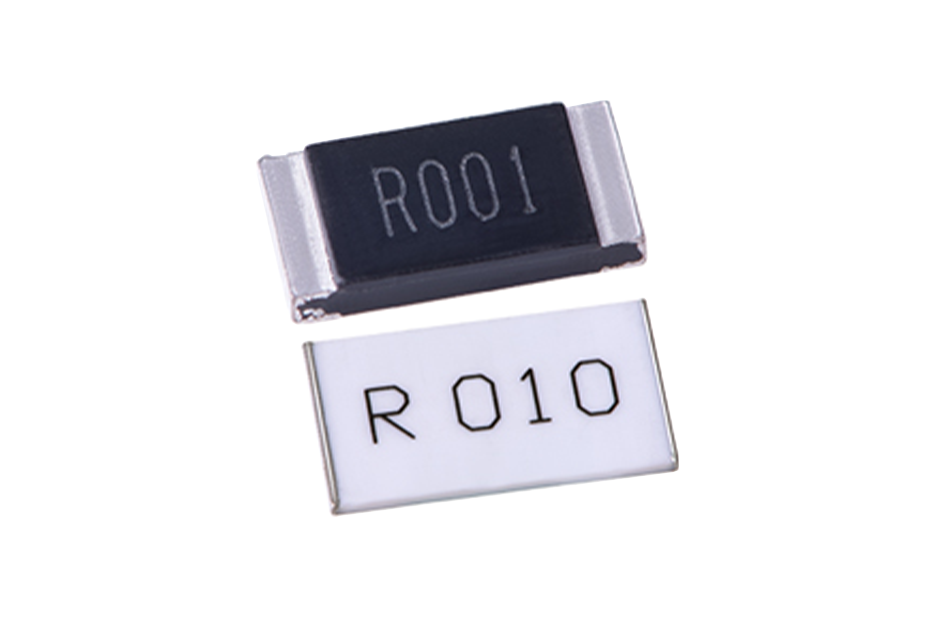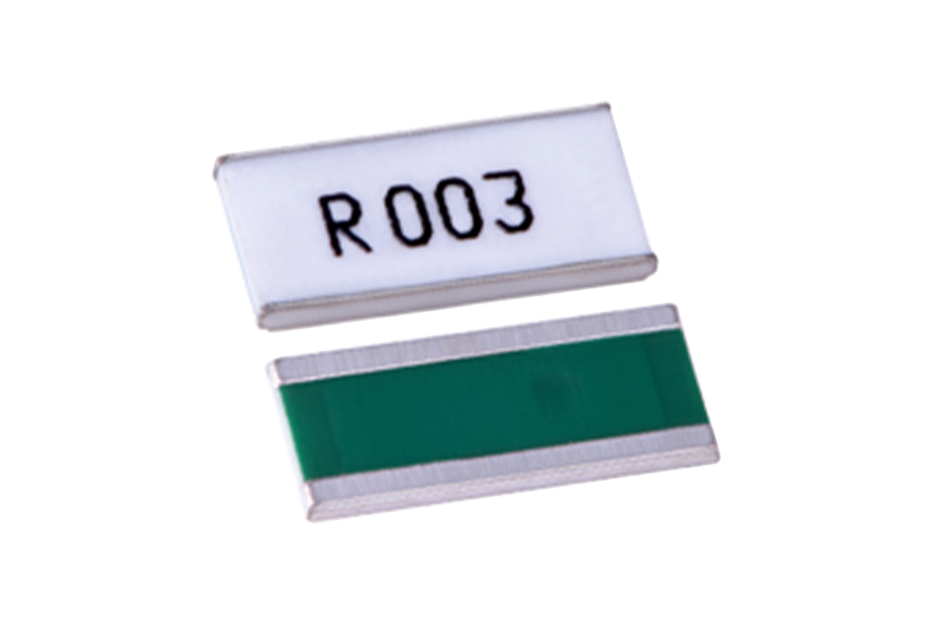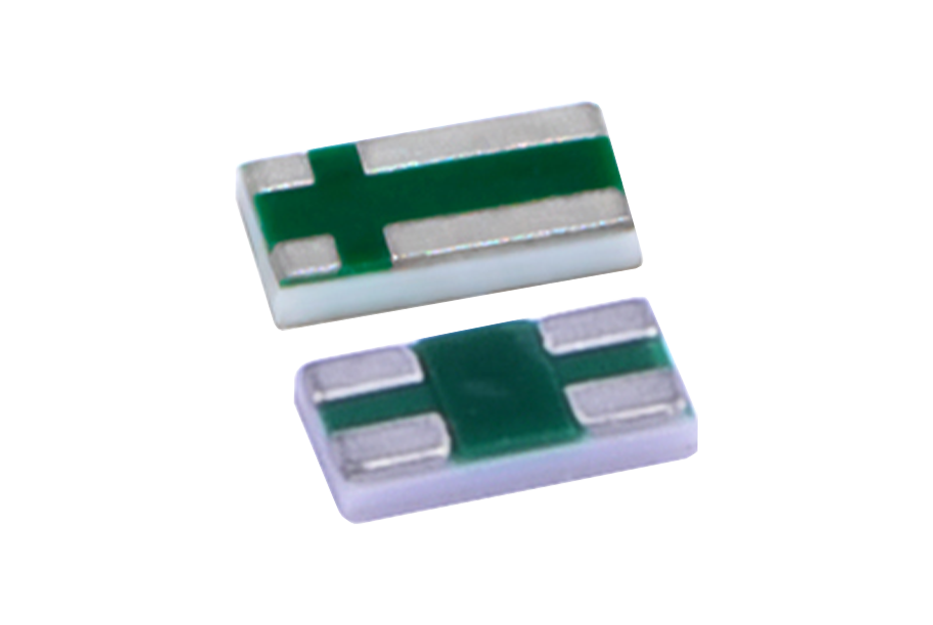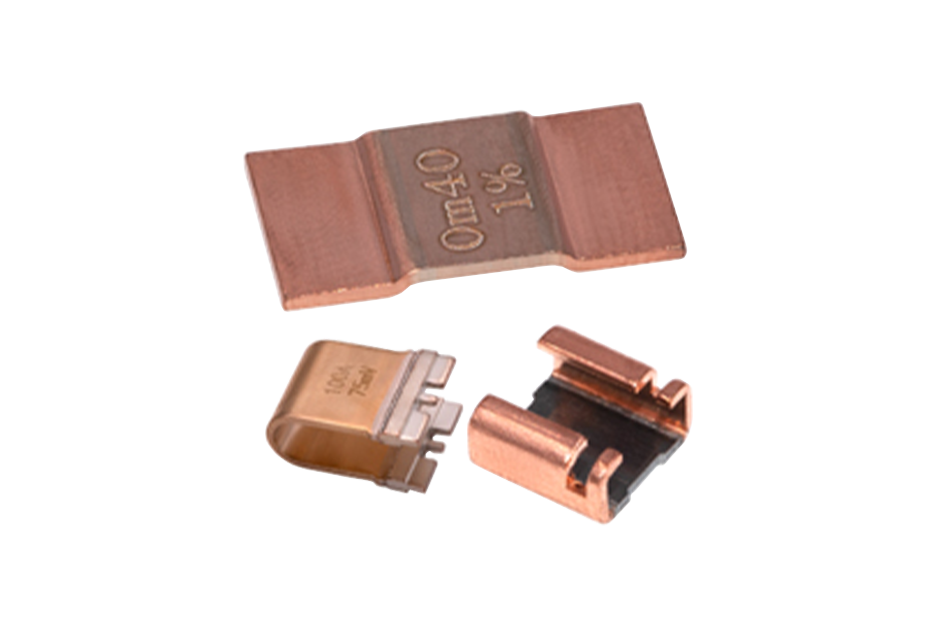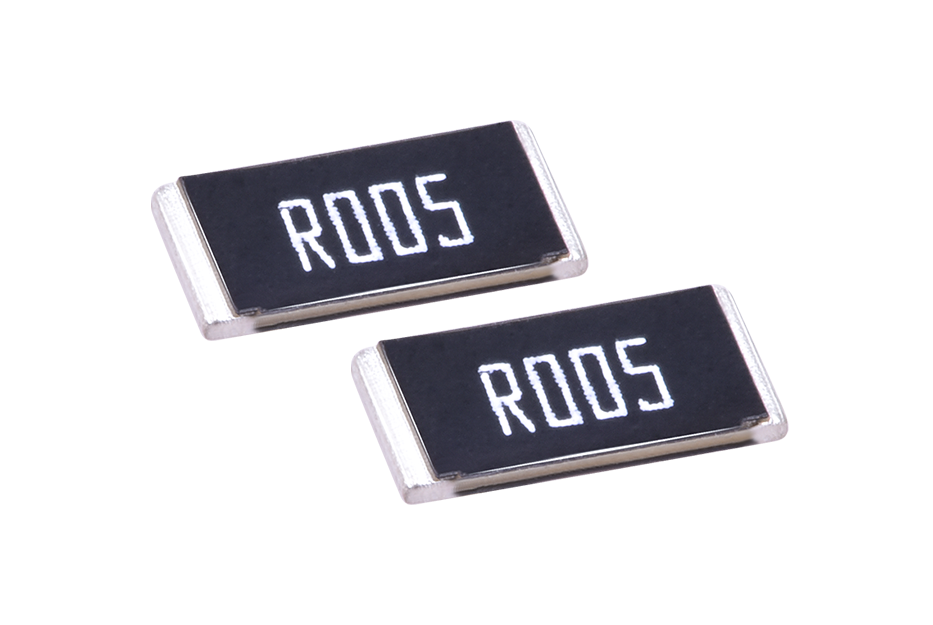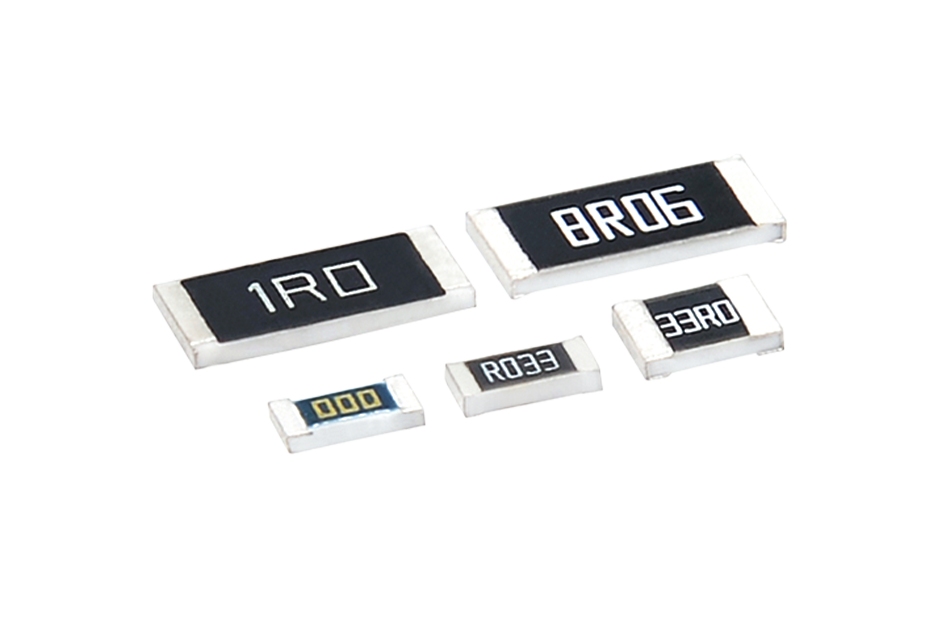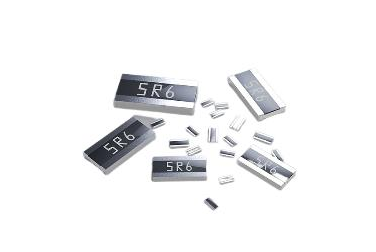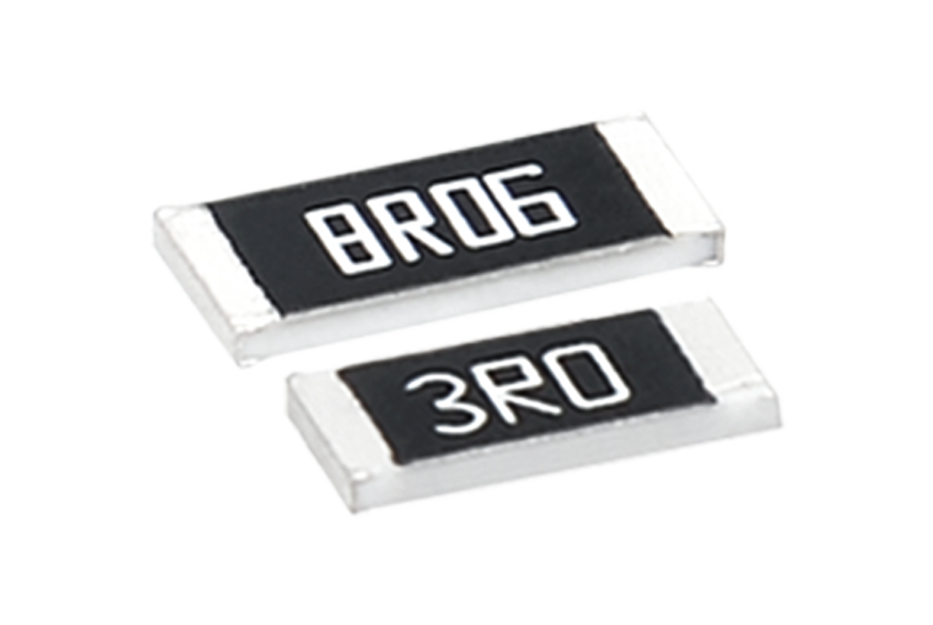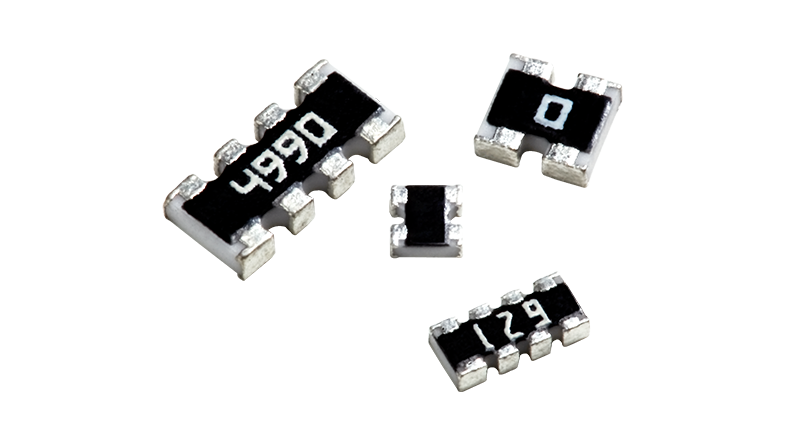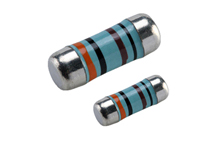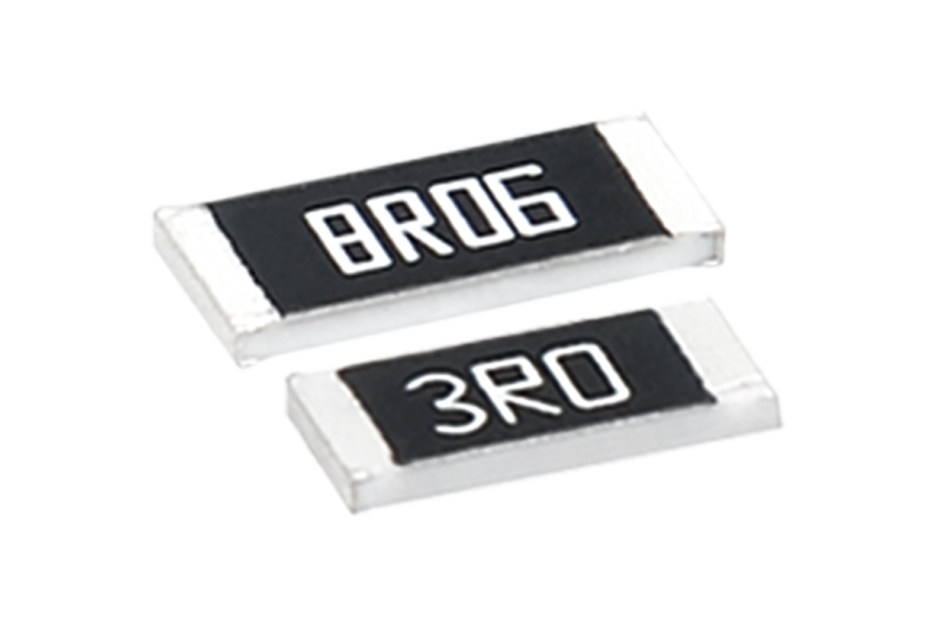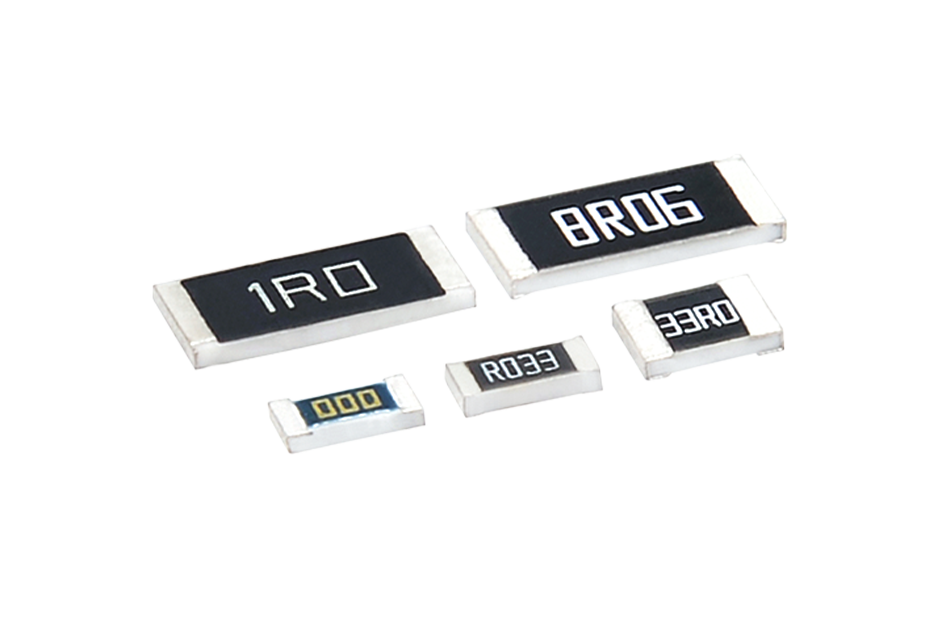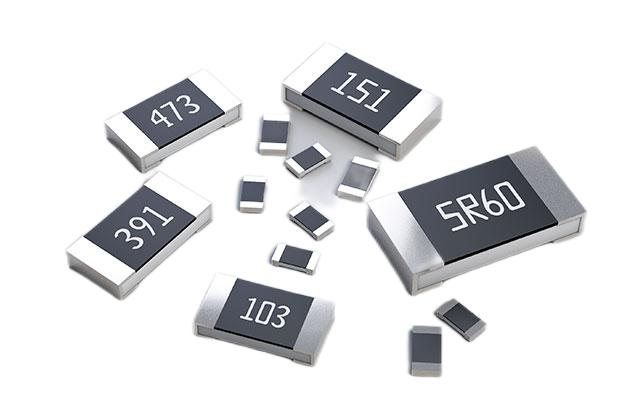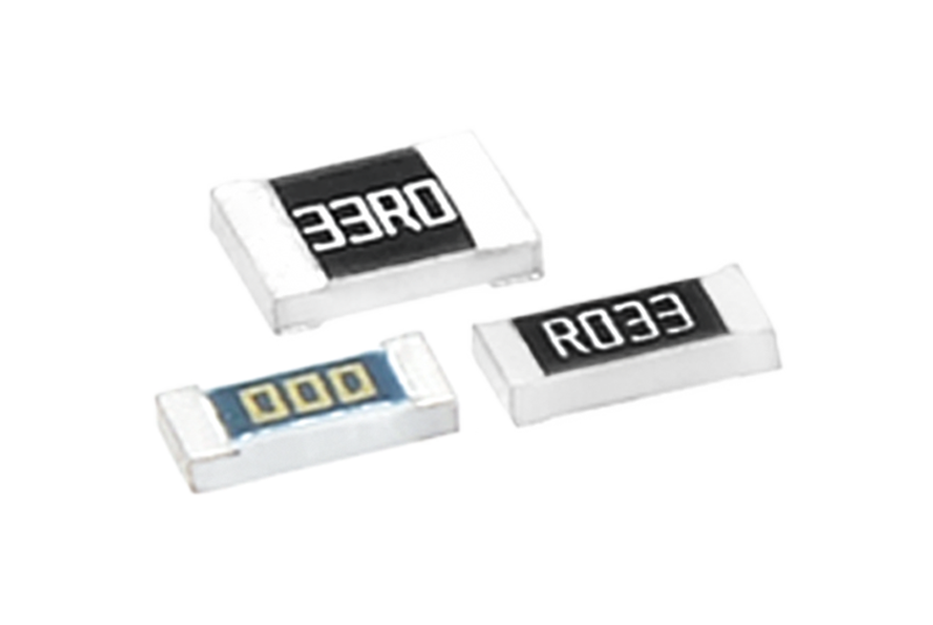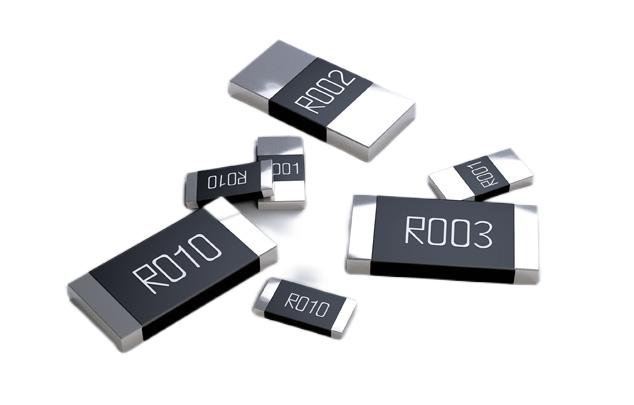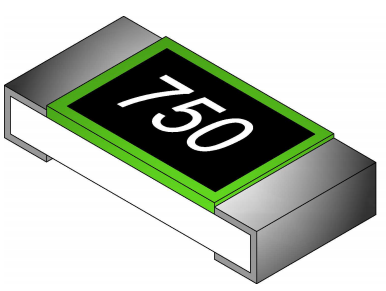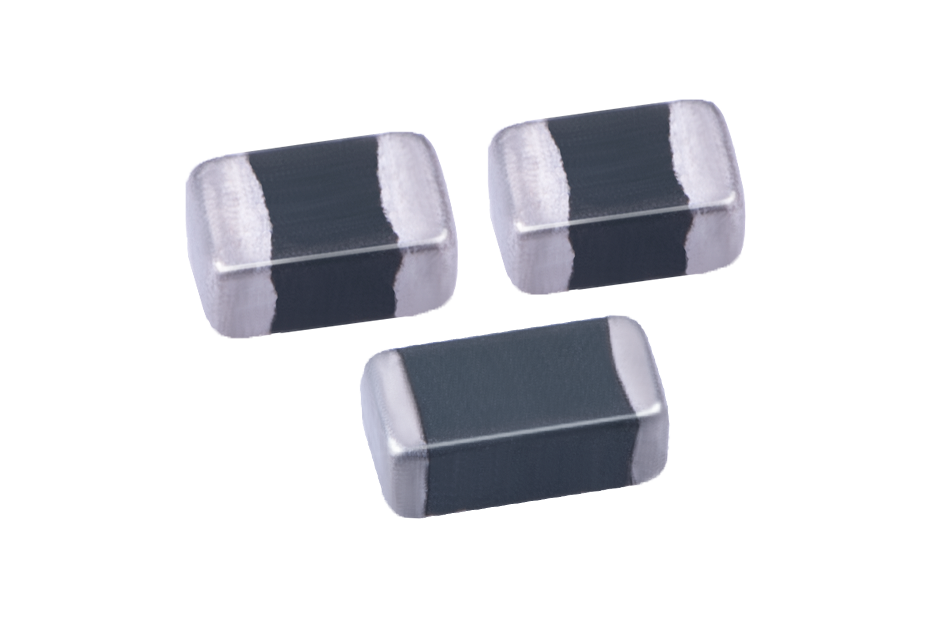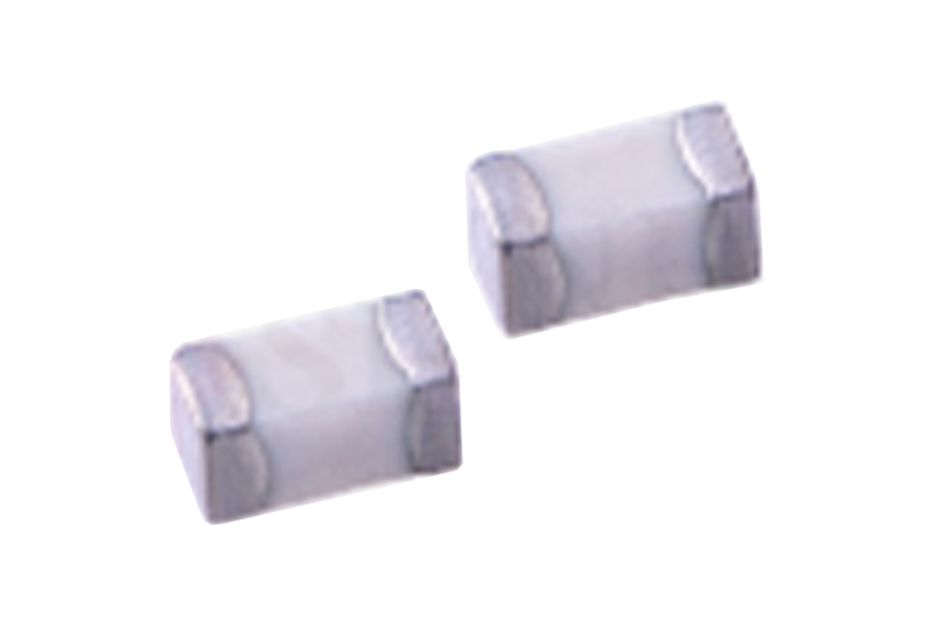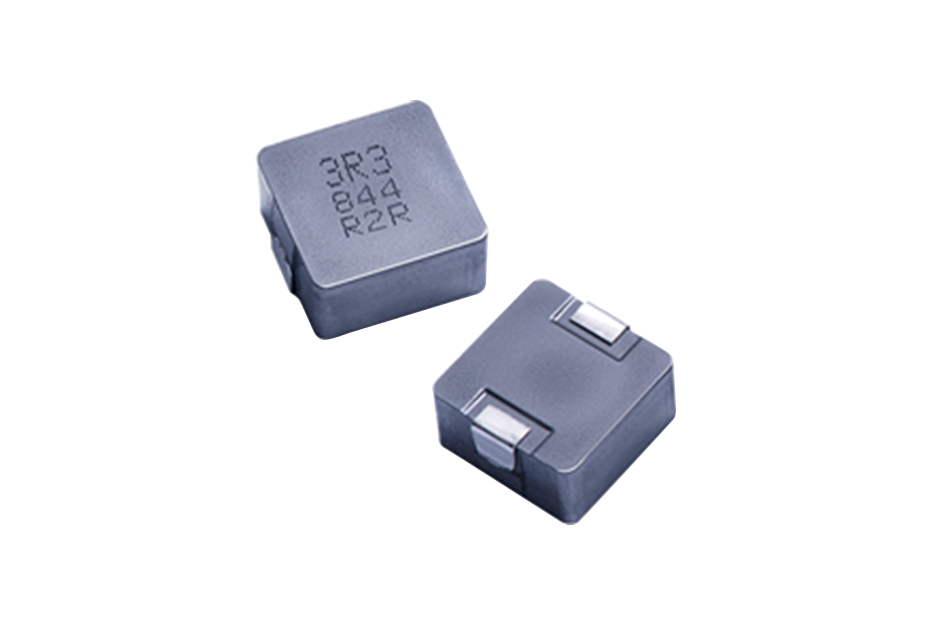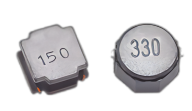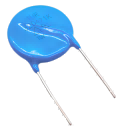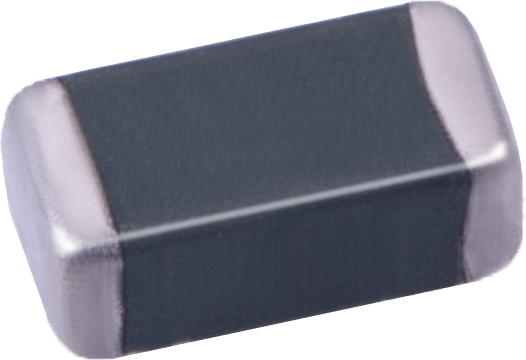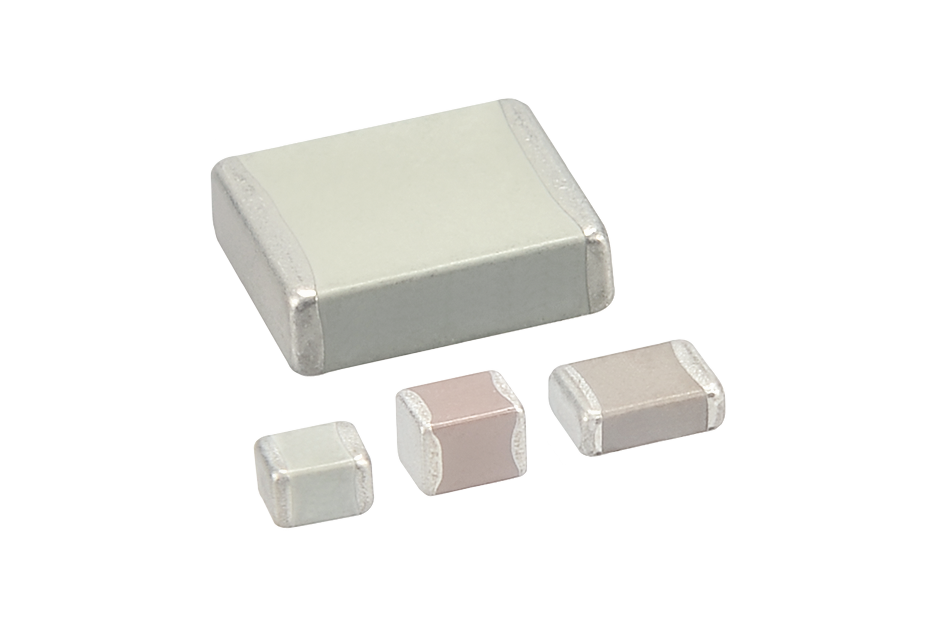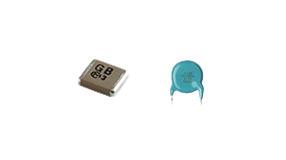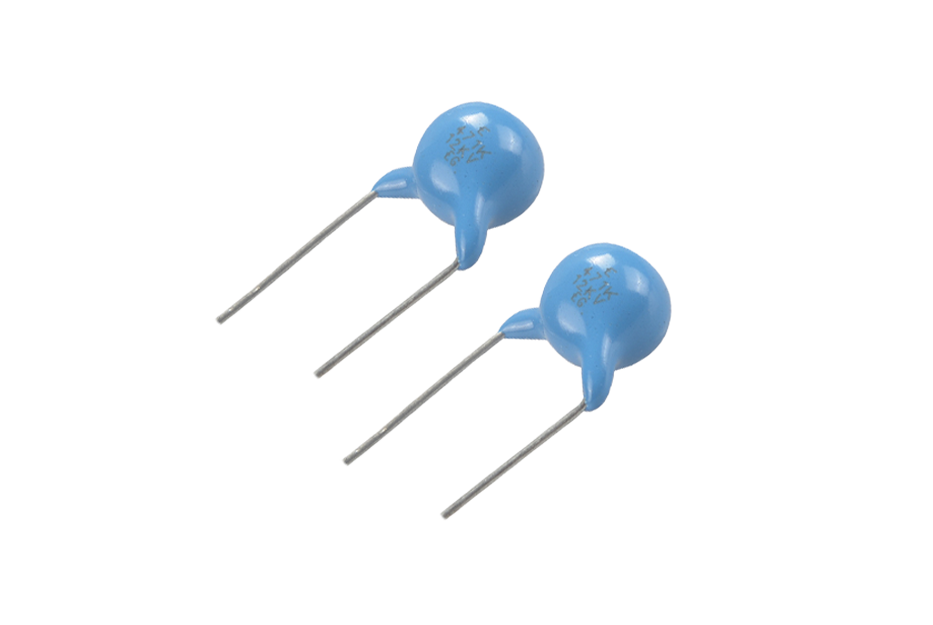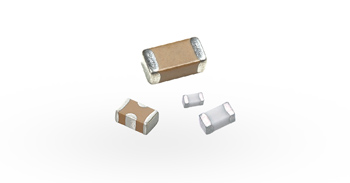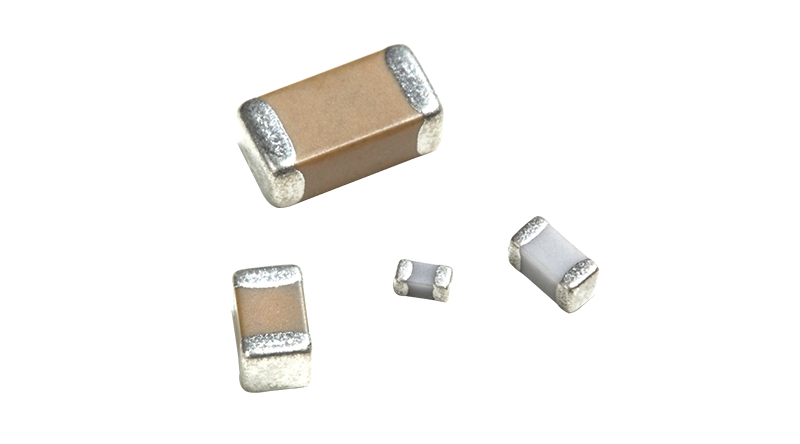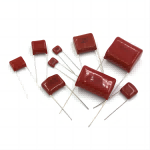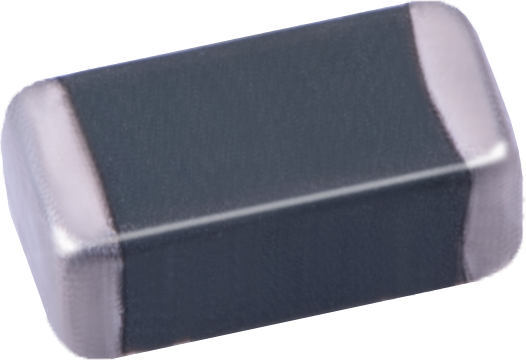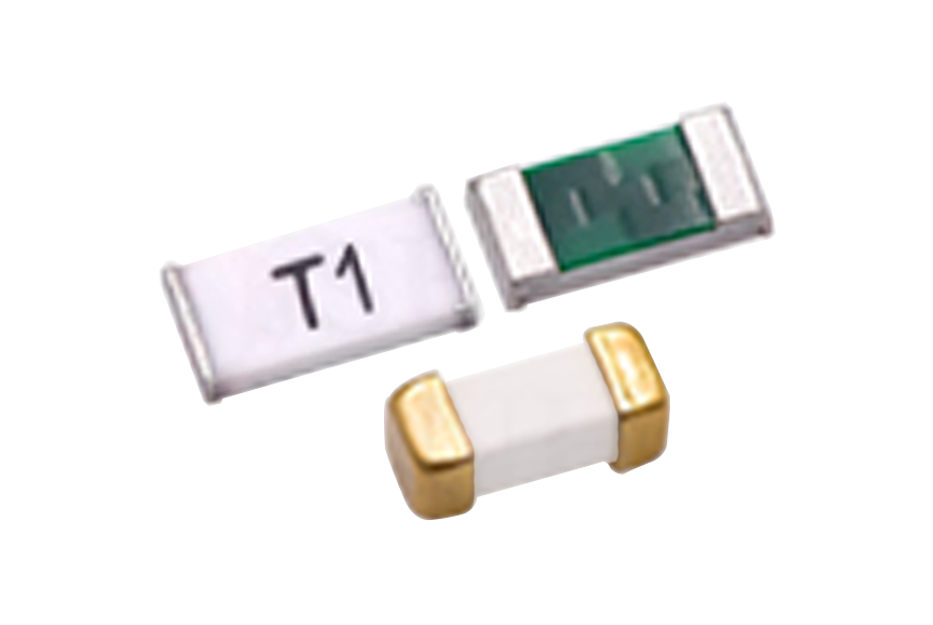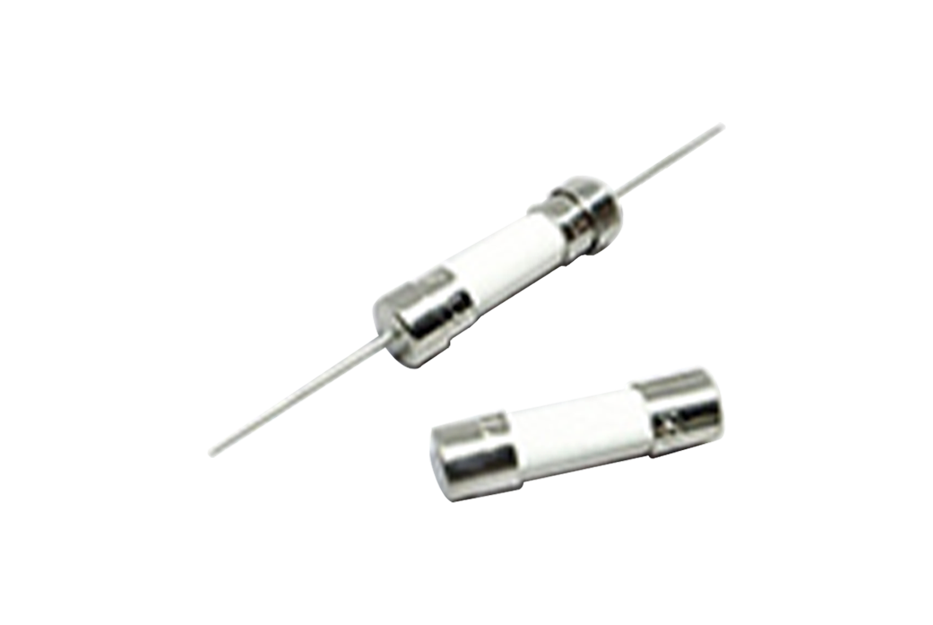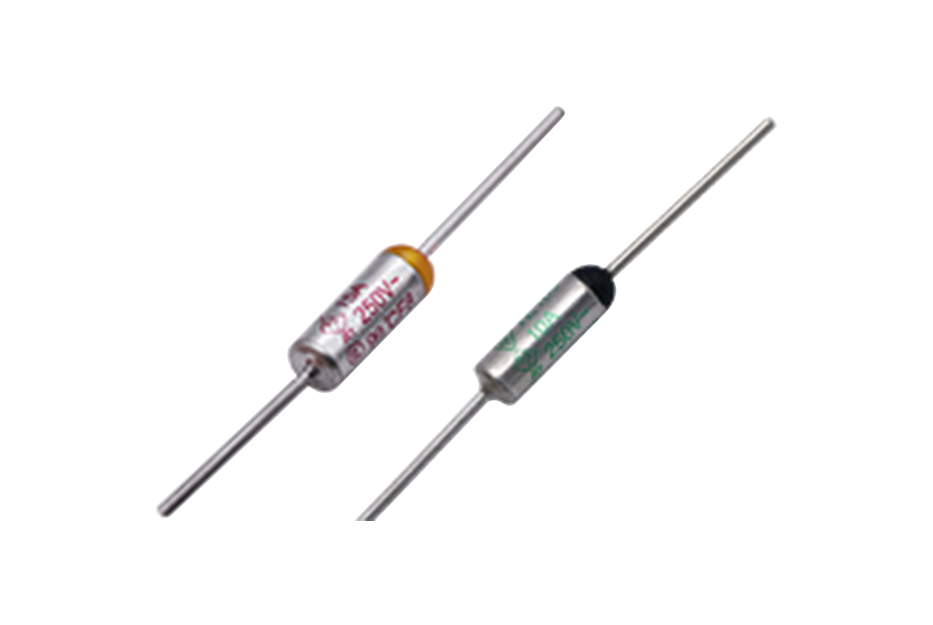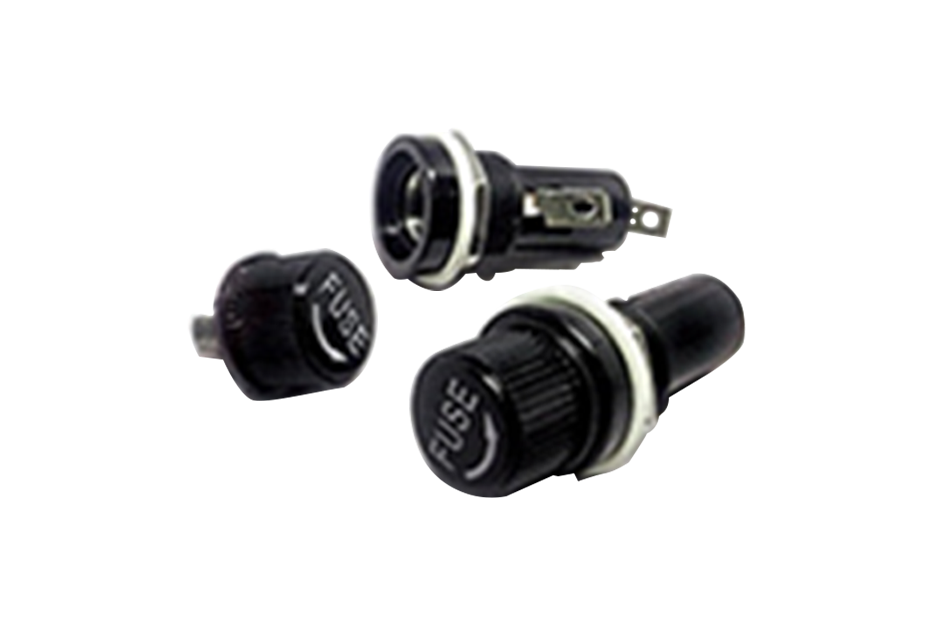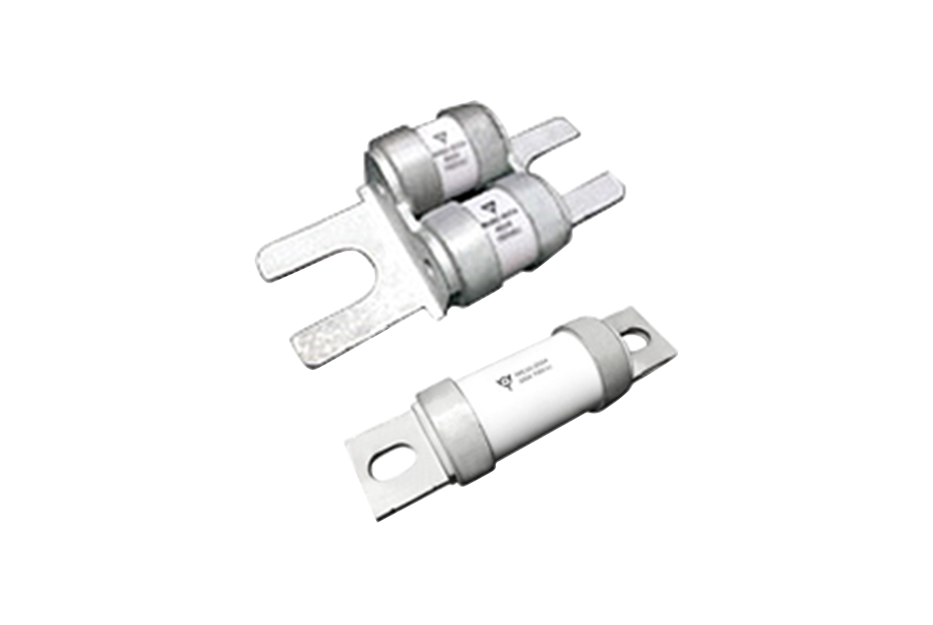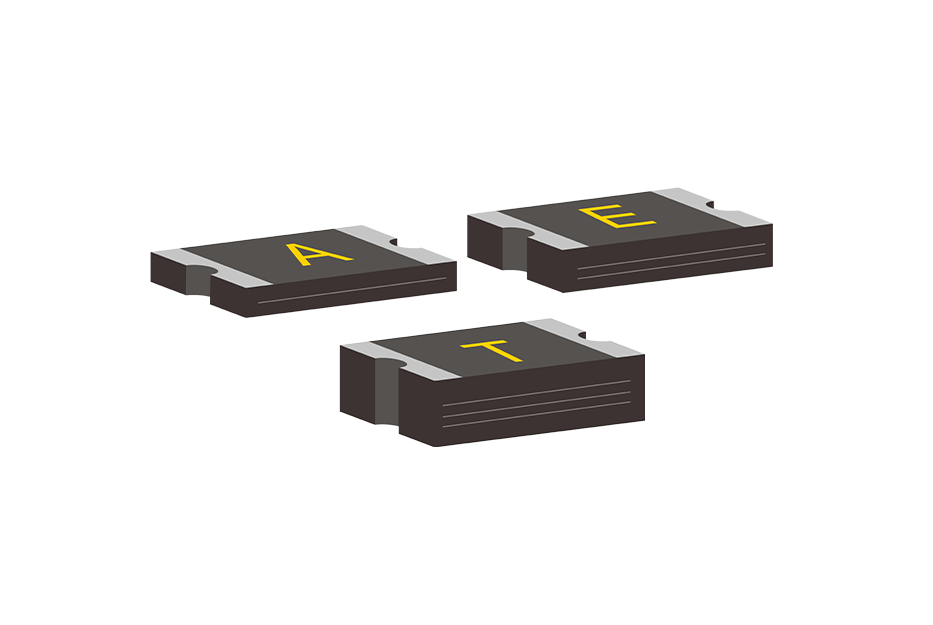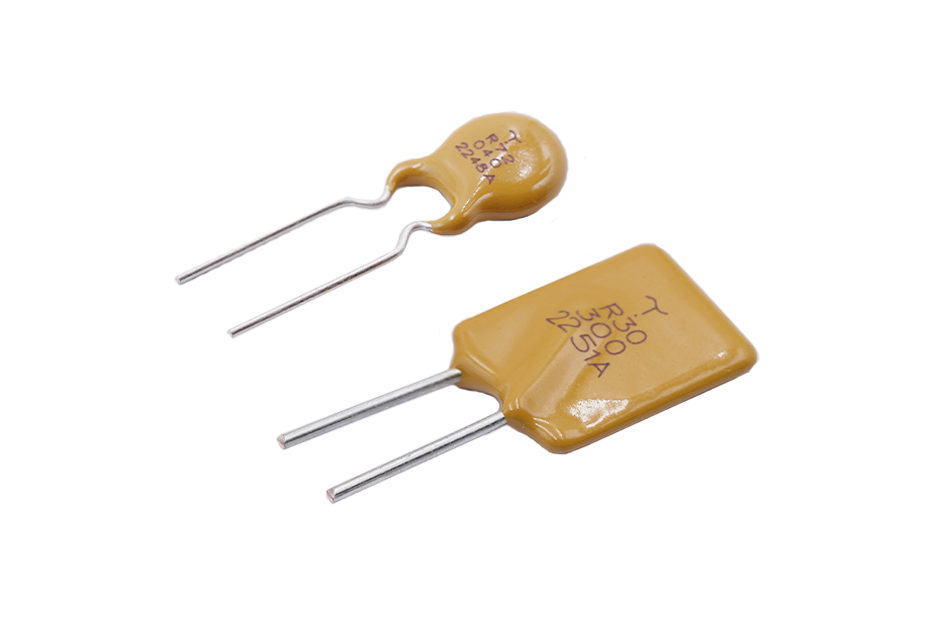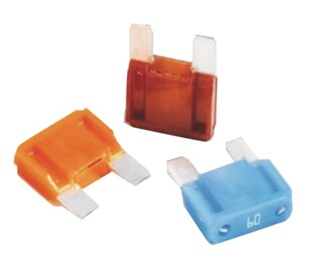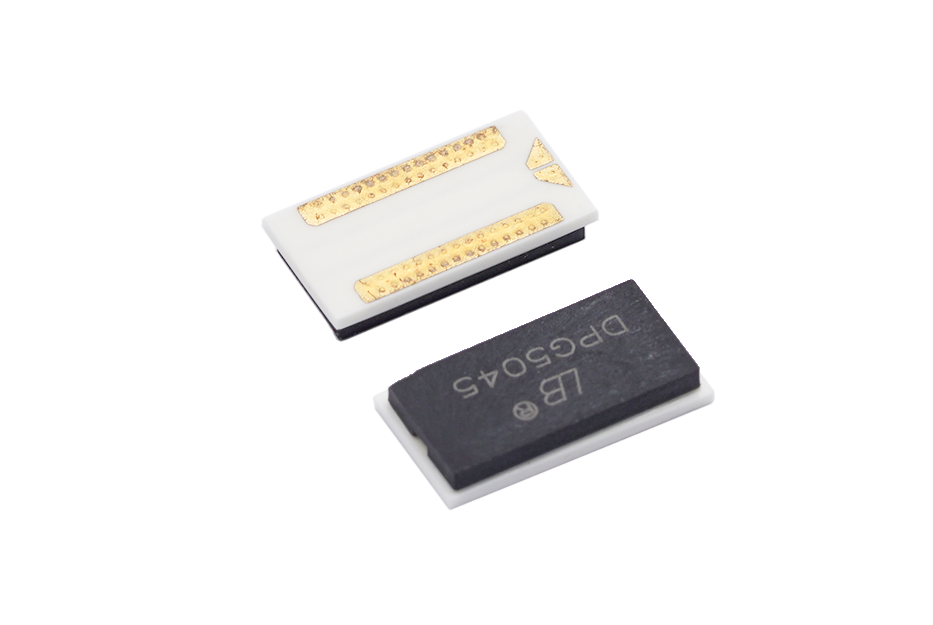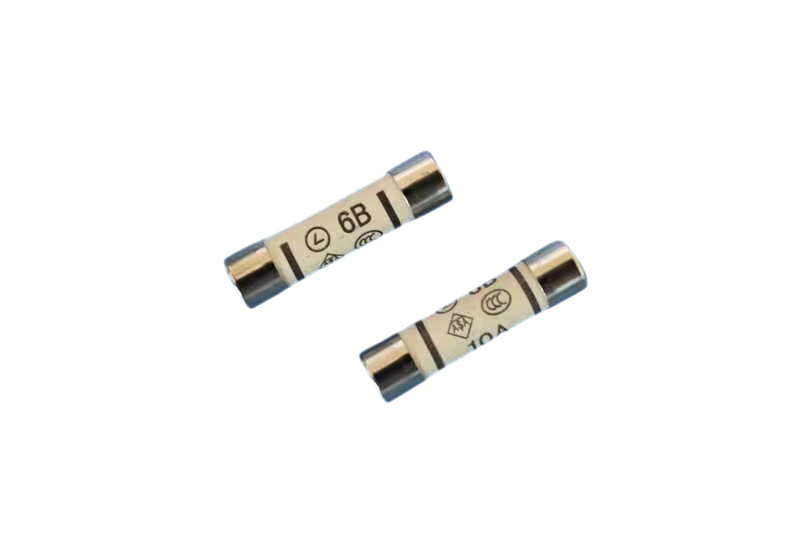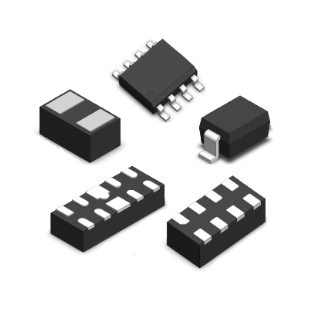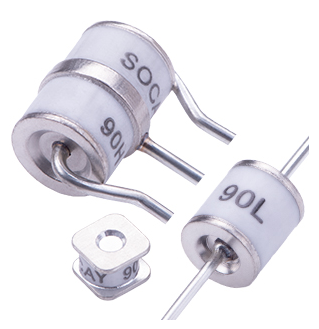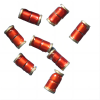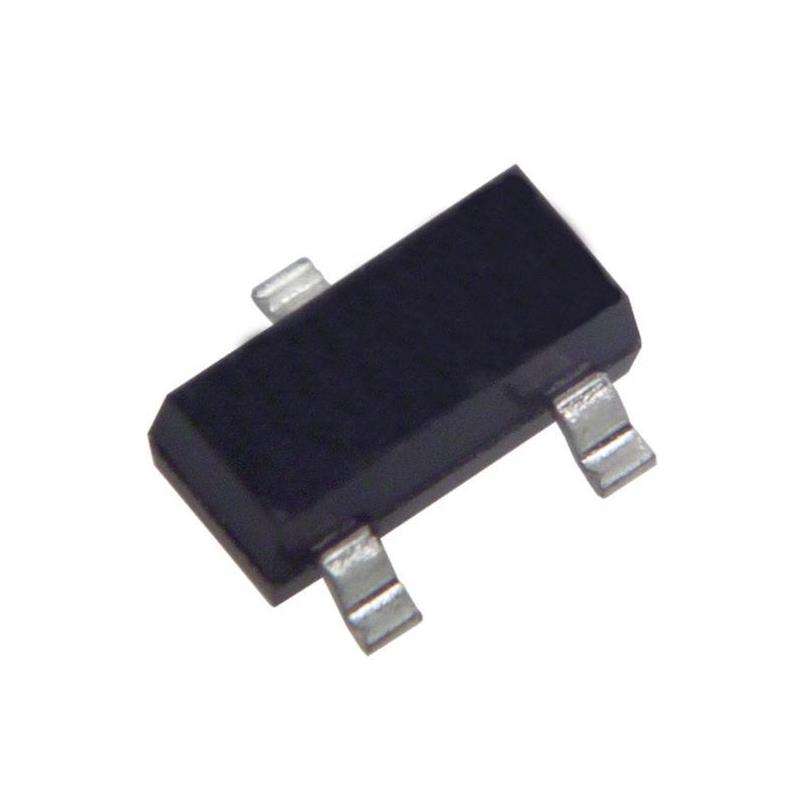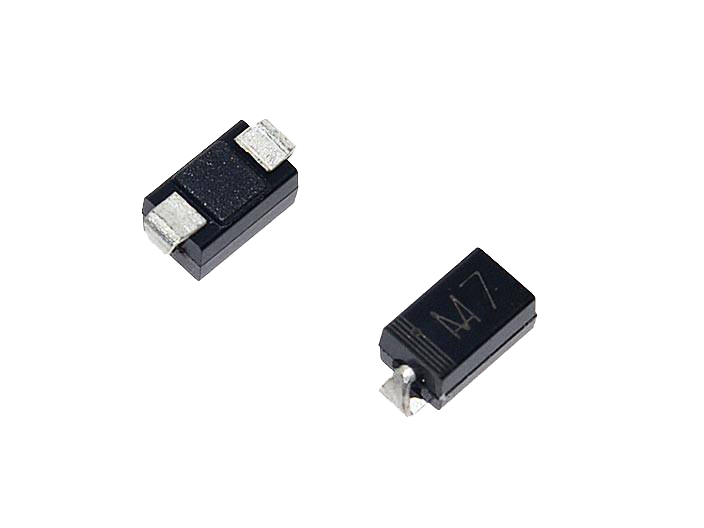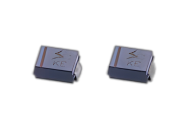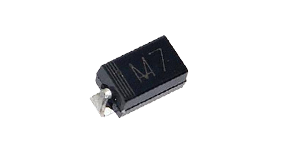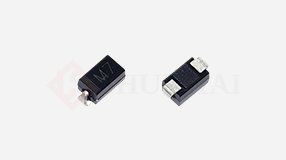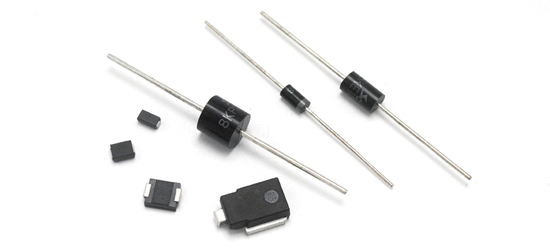What is a transistor?
The full name of transistor is "crystal transistor", also known as "transistor", which is a semiconductor device with amplification function. Usually refers to the intrinsic semiconductor transistor, also known as BJT transistor.
A typical transistor consists of three layers of semiconductor material that facilitate connection to external circuits and carry current through terminals. The voltage or current applied to any pair of terminals of a transistor controls the current passing through another pair of terminals.

Physical diagram of transistor
What triode does a transistor have?
Base: Used to activate transistors. (The origin of the name is that the earliest point contact transistor had two point contacts placed on a substrate, which formed the base connection.)
Collector: The positive electrode of a transistor. (Because collecting charge carriers)
Emitter: The negative electrode of a transistor. (Because it emits charge carriers)
Classification of triodes
The application of transistors is very extensive, with a wide variety of types and classification methods.
2. Based on structure
NPN type transistor
PNP type transistor
3. Based on power
Low-power transistor
Medium power transistor
High-power transistor
4. Based on operating frequency
Low-frequency transistor
High-frequency transistor
5. According to the packaging form
Metal encapsulated type
Plastic packaging type
6. According to PN junction material
Germanium triode
Silicon transistor
In addition, there are also some specialized or special transistors
The working principle of a transistor
Here we will mainly talk about PNP and NPN.
1. PNP
PNP is a type of BJT in which an n-type material is introduced or placed between two p-type materials. In such a configuration, the device will control the flow of current. The PNP transistor consists of two crystal diodes connected in series. The right and left sides of the diode are called collector base diodes and emitter base diodes, respectively.
2. NPN
There is a p-type material in NPN that exists between two n-type materials. NPN transistors are basically used to amplify weak signals into strong ones. In an NPN transistor, electrons move from the emitter region to the collector region, forming a current in the transistor. This type of transistor is widely used in circuits.
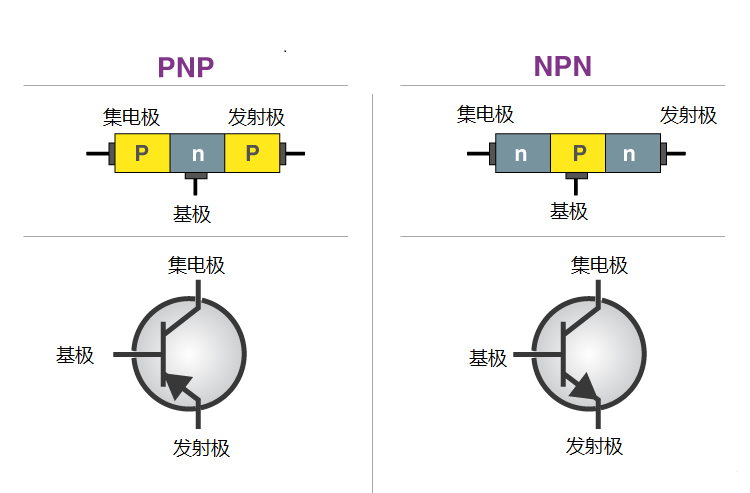
PNP and NPN symbol diagrams
Three operating states of a transistor
They are cut-off state, amplification state, and saturation state. Next, we will share an easy to understand way of saying in other official account:
1. Deadline status
The cut-off state of the transistor should be relatively easy to understand. When the emission junction of the transistor is reversed and the collector junction is reversed, the transistor will enter the cut-off state.
This is equivalent to a tightly closed faucet, and the water in the faucet cannot flow out.

Operating principle of transistor - cut-off state
In the cut-off state, the current of each electrode of the transistor is almost zero, and the collector and emitter are not connected to each other.
2. Zoom in status
When the emitter junction of the transistor is positively biased and the collector junction is negatively biased, the transistor will enter an amplification state.
In the amplified state, the transistor acts as a controlled faucet, and the amount of water flowing out of the faucet is controlled by the switch (base). If the switch is turned up a bit, the water flowing out will be larger.
That is to say, in the amplified state, if the current of the base is a bit higher, the current of the collector will also increase accordingly! And there is a certain proportional relationship between IC and IB, IC= β Ib, β Is the DC current amplification coefficient, indicating the amplification capacity of the transistor.
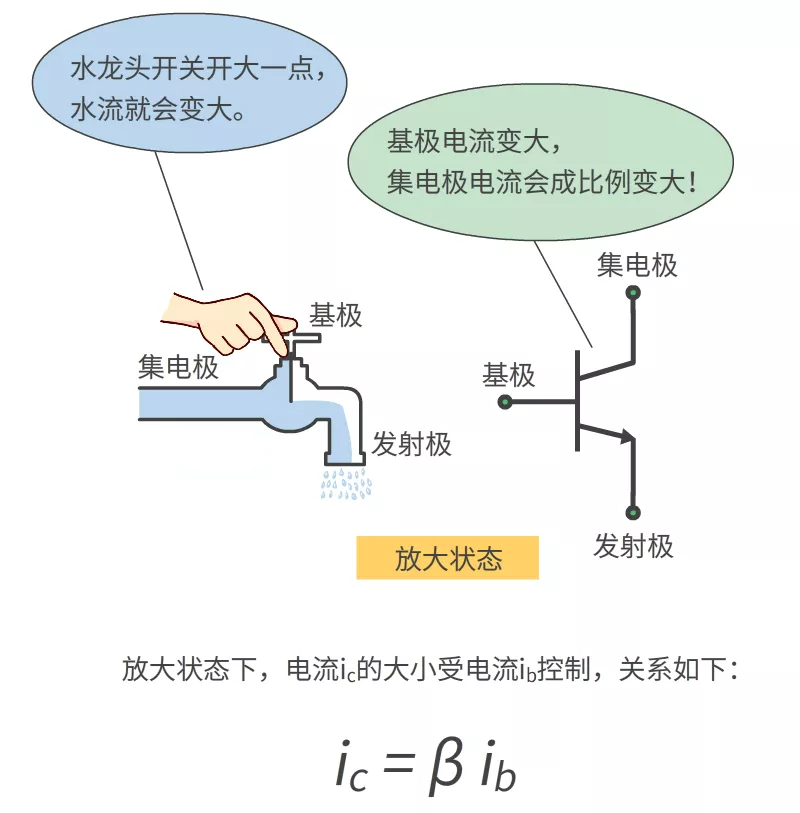
Operating principle of transistor - amplification state
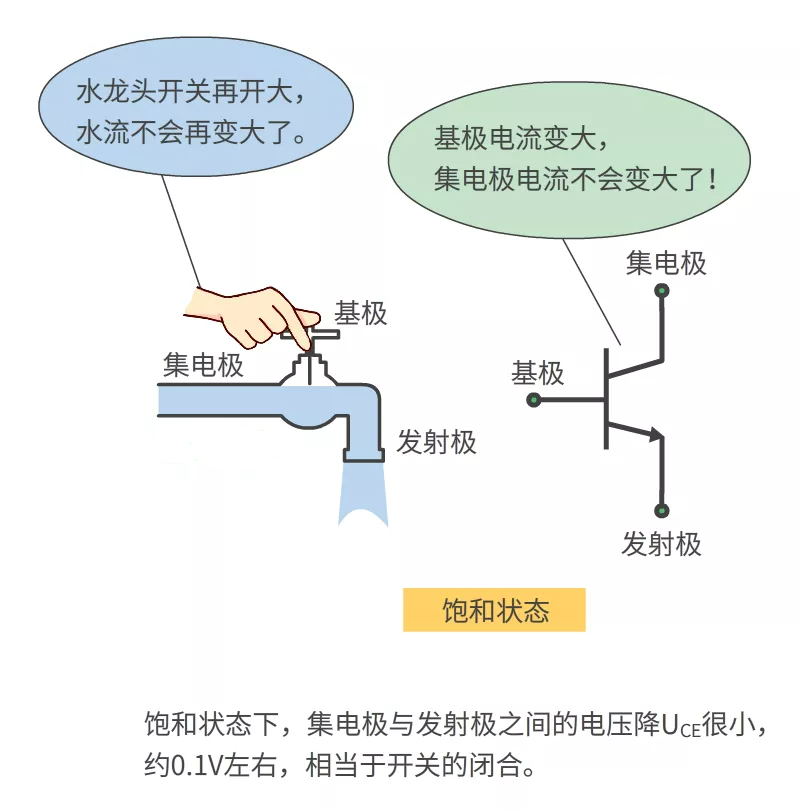
3. Saturation state
When the emitter junction of the transistor is positively biased and the collector junction is positively biased, the transistor operates in a saturated state.
In a saturated state, the magnitude of the collector current ic of the transistor is no longer controlled by the base current ib, and the relationship between ic and ib is no longer proportional.
When the base current ib of the transistor in a saturated state increases, the collector current ic will not increase, which is equivalent to the faucet's switch being turned on relatively large. When the switch is turned on again, the outflow of water will not increase.
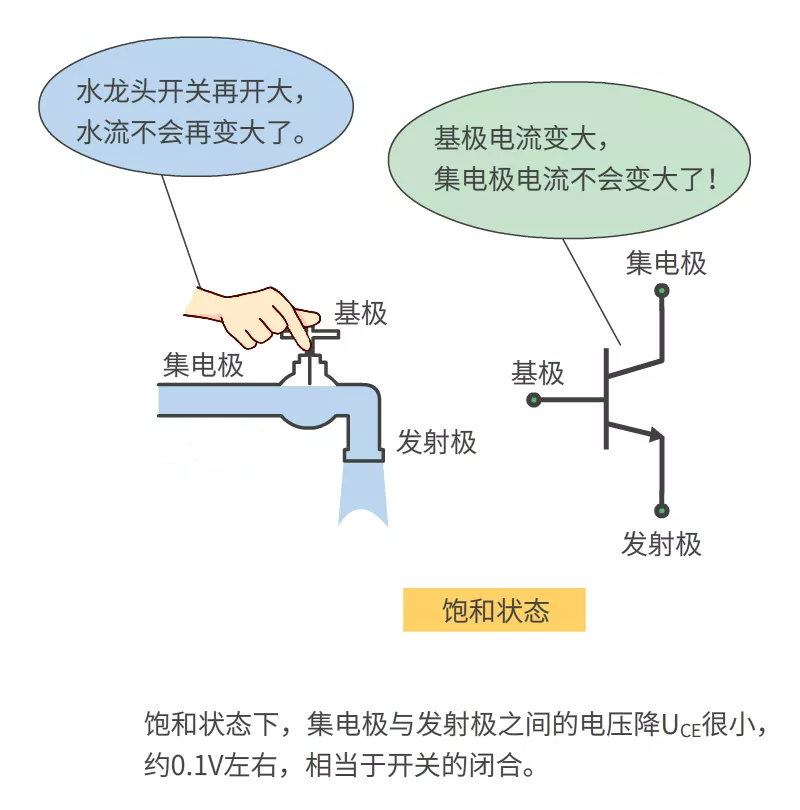
Saturation state
Functional Application of Transistor
1. Transistor amplifier circuit
A transistor is a current amplification device that can be made into an AC or DC signal amplifier. The base electrode inputs a small current to control the collector electrode to output a large current, as shown in the following figure:

Electronic Components from Beginner to Proficient

Electronic Components from Beginner to Proficient
The current of the transistor base (b) is the smallest and much smaller than the current of the other two pins; Emitter (e) current is maximum (equal to the sum of collector current and base current); The ratio of collector (c) current to base (b) current is the amplification factor of the transistor.
The basic condition for a transistor to have amplification function is to ensure that a forward voltage is applied between the base and emitter (emitter junction forward bias), and a reverse voltage is applied between the base and collector (collector junction reverse bias). The base electrode has a positive polarity voltage relative to the emitter electrode, and a negative polarity voltage relative to the collector electrode.
Three types of operation for transistors
There are three main types here: common base (CB), common collector (CC), and common emitter (CE)
1) Triode common base type (CB)
In a common base (CB) configuration, the base terminal of a transistor is common between the input and output terminals.

Triode common base type (CB)
2) Triode common collector type (CC)
In a common collector (CC) configuration, the collector terminals are common between the input and output terminals.

Triode common collector type (CC)
3) Triode co emitter type (CE)
In a common emitter (CE) configuration, the emitter terminals are common between the input and output terminals.
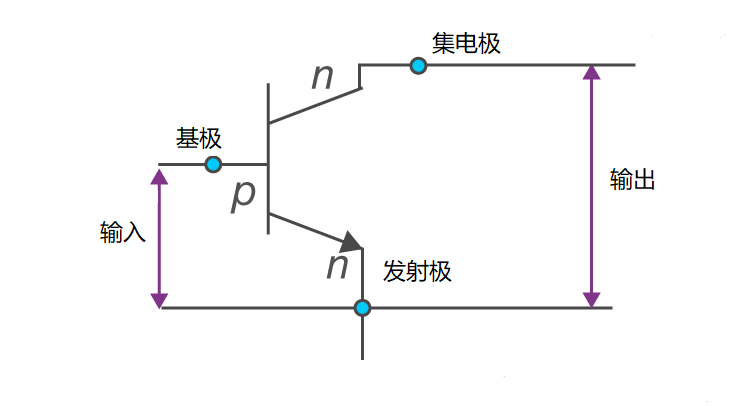
Triode co emitter type (CE)
3. Switching function of transistor
The collector current of a transistor varies linearly with the base current within a certain range, which is the amplification characteristic. When the base current exceeds this range, the collector current of the transistor will reach saturation (conduction). When the base current falls below this range, the transistor will enter a cut-off state (open circuit). This conduction or cut-off characteristic can also play a switching role in the circuit, as shown in the following figure:

Switching function of transistor
4. Other functional functions of the transistor
Transistors combined with other components can form oscillators
By combining a low-power thyristor with a high-power transistor, a high-power thyristor can be obtained, which is mainly used for current expansion
Two transistors connected in series can directly replace the bidirectional trigger diode in the dimming table lamp, mainly for the replacement function
Circuits composed of transistors can simulate other components
The resistance voltage divider forms a constant voltage source circuit, and the crystal tube is used as a constant voltage tube
Transistor inverter

